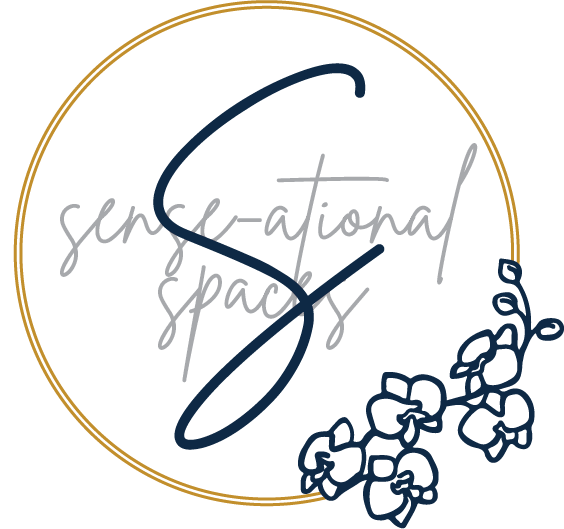Benefits of Physical Play
Physical play (or rough-and-tumble play) Physical play refers to activities that involve movement and physical engagement, often characterized by active, energetic behaviors (Oxfordshire, 2002). This type of play can include running, jumping, climbing, wrestling, or any other physical interactions that promote coordination, strength, and social skills.
Physical Play Activity Ideas
Freeze dance
Pick a favorite song/artist of the child to encourage moving through dancing! Promotes social interaction, self-regulation, and cognitive skills.
Tag
Children can play with siblings or friends in any outdoor area, no items needed! Promotes social interaction and agility skills.
Obstacle course
You can make courses inside or outside with any items that you can find! A great way to get your children involved is to let them take turns to add elements and create their own course.
Sports
Team sports, such as soccer, [flag] football, baseball, basketball, and more are an excellent source of physical play! They promote social interaction, emotional regulation, and collaboration.
Benefits of Physical Play
This type of play is important for children’s development and well-being and can be seen across various aspects of growth. Physical play offers numerous benefits for all ages for physical and emotional development, socialization, and cognition!
Physical Development
Children’s engagement in physical play enhances fine and gross motor skills through activities like running, jumping, and climbing. During exercise, muscle spindles (sensory receptors in muscles), provide feedback to the central nervous system (brain and spinal cord) about stretching muscles (Hopkins, 2019). This is essential for maintaining posture and coordinating movements, as well as developing proprioceptive (body) awareness that helps to improve motor skills and coordination (James, 2021). Intrinsic muscles (group of muscles located deep in a part of the body) of the hand and forearm are also utilized by children to grab objects and interact with others around them by engaging various muscles in the hand and forearm that help with dexterity (performing tasks with hands) and precise movements (Davis, 2024). Strength and endurance skills are increased by building muscle strength and cardiovascular (heart and lungs) fitness. Children’s muscles work to provide postural stability, mobility (ability to move freely), and coordination during various activities.
Social Skills
Physical play encourages collaboration and cooperative play with other children. This style of play also improves verbal and non-verbal communication through interaction and learning to understand what others mean through their actions and words.
Emotional Well-being
Children develop stress relief and self-regulation skills through physical play as an outlet for pent-up energy and emotions, which may reduce anxiety. Physical activity also builds confidence by boosting self-esteem as children master new physical skills and engage in purposeful play.
Cognitive Development
Physical play helps develop cognitive and problem-solving skills by encouraging critical thinking as children navigate games and challenges. This style of play also enhances creativity. The fostering of imaginative play allows children to invent games and scenarios, which directly is linked to cognitive development, enhanced social-emotional skills, expressive and receptive language, and creativity.
Overall, physical play is essential for holistic development, contributing to physical, social, emotional, and cognitive growth. Encouraging active play can help children thrive in multiple areas of their lives!
Reference
CDC. (2021). Health benefits of physical activity for children. Center for Disease Control.
https://www.cdc.gov/physical-activity-basics/health-benefits/children.html
Davis, S. (2024). Forearm muscles: What to know. WebMD.
https://www.webmd.com/fitness-exercise/forearm-muscles-what-to-know
Hopkins, B. (2019). Muscle spindle. Lancaster Glossary of Child Development. https://www.lancaster.ac.uk/fas/psych/glossary/muscle_spindle/#:~:text=The%20muscle%20fibers%20within%20the,receptors%20to%20the%20nervous%20system.
James, S. (2021). Importance of play in developing fine and gross motor skills. The Sensory Specialist. https://www.thesensoryspecialist.com.au/blogs/blog/play-and-motor-skills#:~:text=Physical%20Benefits%2D%20Play%20helps%20in,energy%2C%20flexibility%20and%20body%20awareness.
Oxfordshire. (2002). Play types. Oxfordshire.
https://www.oxfordshire.gov.uk/sites/default/files/file/working-early-years-out-school/playtypes.pdf



